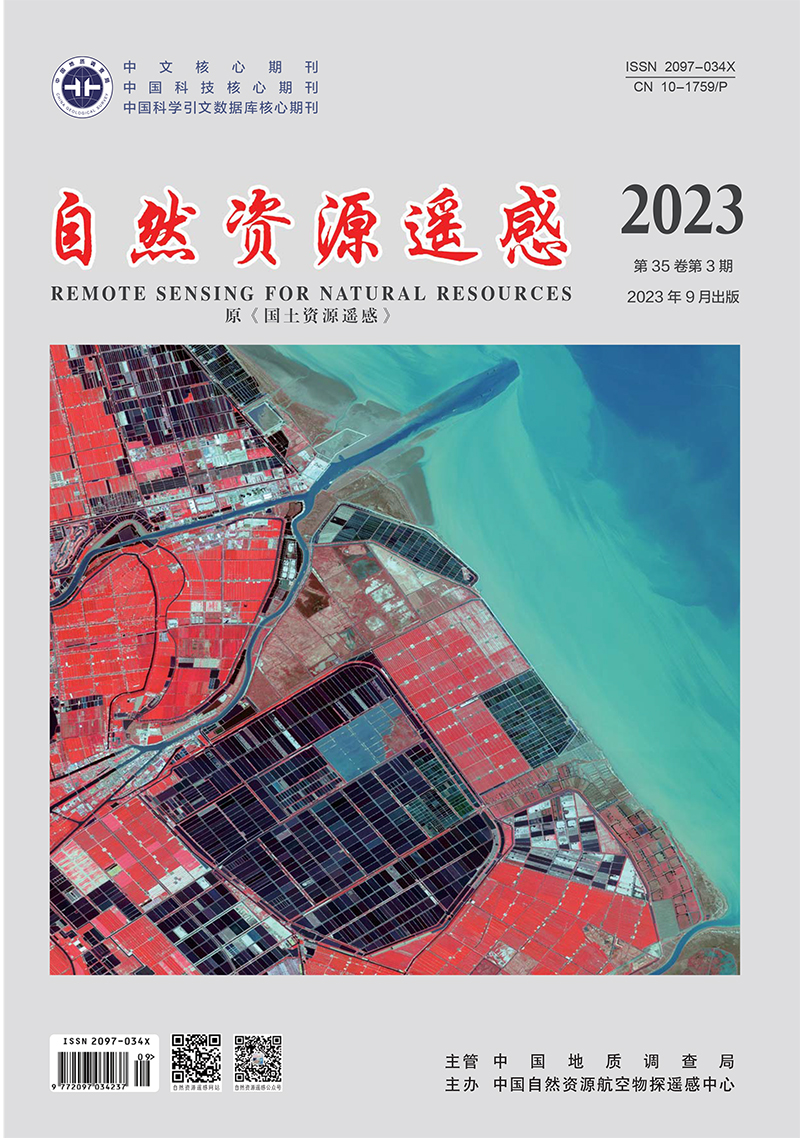ZHOU Shisong, TANG Yuqi, CHENG Yuxiang, ZOU Bin, FENG Huihui. 2023. Spatial heterogeneity of the correlation between water quality and land use in the Chenjiang River basin, Chenzhou City. Remote Sensing for Natural Resources, 35(3): 230-240. doi: 10.6046/zrzyyg.2022181
| Citation: |
ZHOU Shisong, TANG Yuqi, CHENG Yuxiang, ZOU Bin, FENG Huihui. 2023. Spatial heterogeneity of the correlation between water quality and land use in the Chenjiang River basin, Chenzhou City. Remote Sensing for Natural Resources, 35(3): 230-240. doi: 10.6046/zrzyyg.2022181
|
Spatial heterogeneity of the correlation between water quality and land use in the Chenjiang River basin, Chenzhou City
-
1. School of Geosciences and Info-Physics, Central South University, Changsha 410083, China
-
;2. Key Laboratory of Metallogenic Prediction of Nonferrous Metals and Geological Environment Monitoring (Central South University), Ministry of Education, Changsha 410083, China
More Information
-
Corresponding author:
TANG Yuqi
-
Abstract
This study investigated the spatial heterogeneity of the correlation between water quality and land use in the Chenjiang River basin of Chenzhou City using the water quality and high-resolution remote sensing data of the river basin in September 2021. Based on the division of river basin buffer zones by different types and scales, this study calculated land use components and their landscape configurations, such as the shape, size, and distribution of patches. Then, this study analyzed the spatial heterogeneity effect of regional land use on water quality through single-factor and multi-factor correlation analyses. The results are as follows: ① In the single-factor correlation analysis of spatial heterogeneity between water quality and land use, circular buffer zones showed higher universality than riparian buffer zones, which played a complementary role in analyzing the effect of built-up land occupation on water quality parameters. In the multi-factor correlation analysis of spatial heterogeneity, the land use presented generally higher interpretation rates for water quality parameters in riparian buffer zones than in circular buffer zones, with the maximum total interpretation rate of land use for water quality parameters in circular buffer zones occurring on a scale of a radius of 700 m. ② Different land use components had different effects on water quality. The proportions of cultivated land, grassland, forest land, and water areas correlated positively with water quality, while those of building land and bare land correlated negatively with water quality. Among them, cultivated land, grassland, and building land had the most significant effects on water quality. Land use planning should consider the influence of land use components and reasonably allocate the proportions of artificial and natural features. ③ Different landscape configurations had different effects on water quality. The landscape shape index (LSI) and the largest patch index (LPI), which reflect the shape and size of patches, had negative effects on water quality. Furthermore, the interspersion and juxtaposition index (IJI), which reflects the distribution of patches, correlated negatively with the ammonia nitrogen (NH3-N) content in water bodies on a small scale. Land use planning should consider the rationality of landscape configurations. For example, it is necessary to control the sizes of dominant land patches in the buffer zones. This study identified the buffer zone size that influences water quality the most and the land use components and landscape configurations that can explain the water quality of the Chenjiang River the best. Therefore, this study provides a basis for selecting scientific control measures for the deterioration of water quality in the Chenjiang River, showing certain significance for water environment protection.
-

-
-
Access History







 DownLoad:
DownLoad: